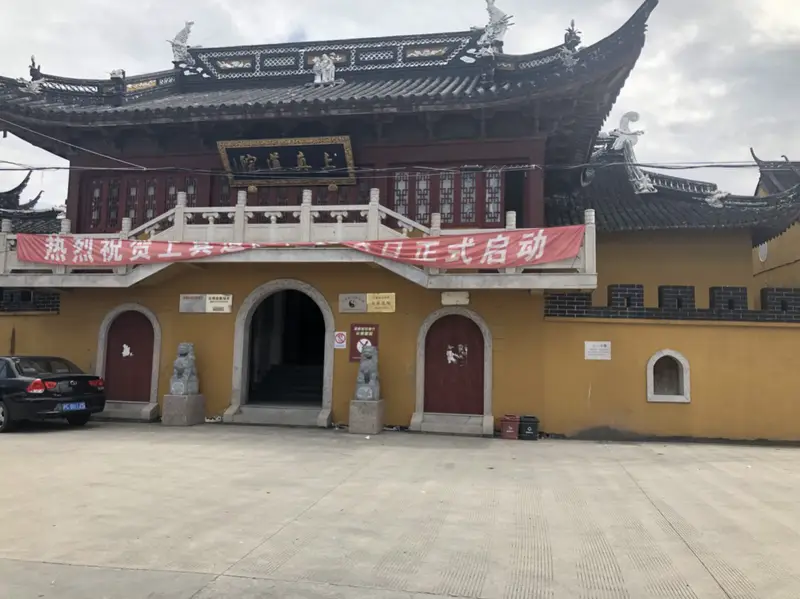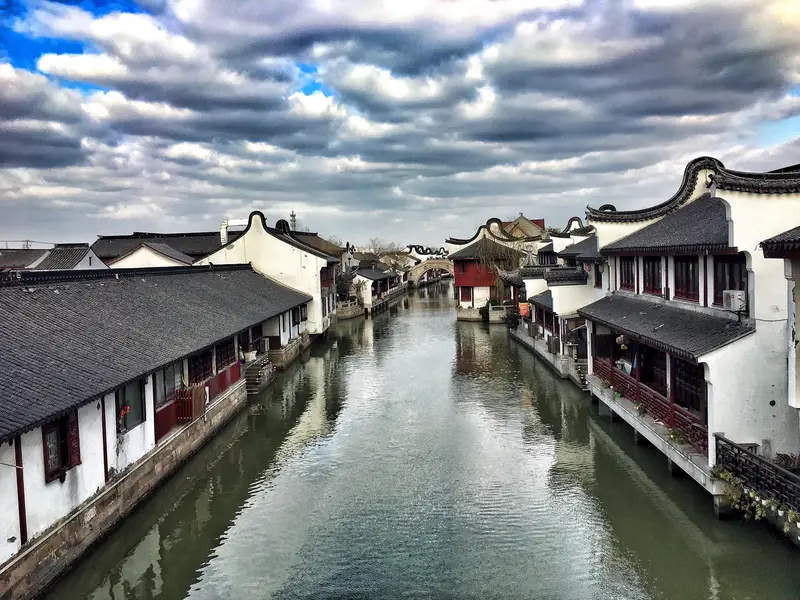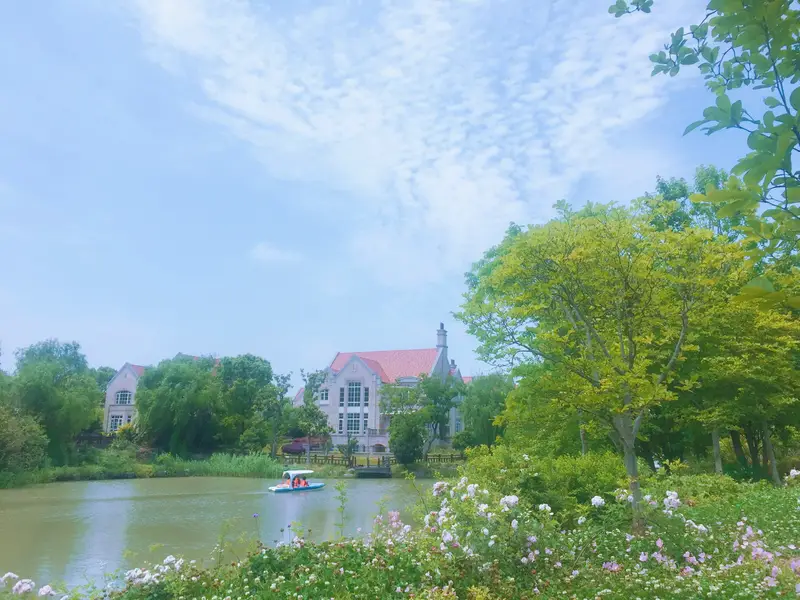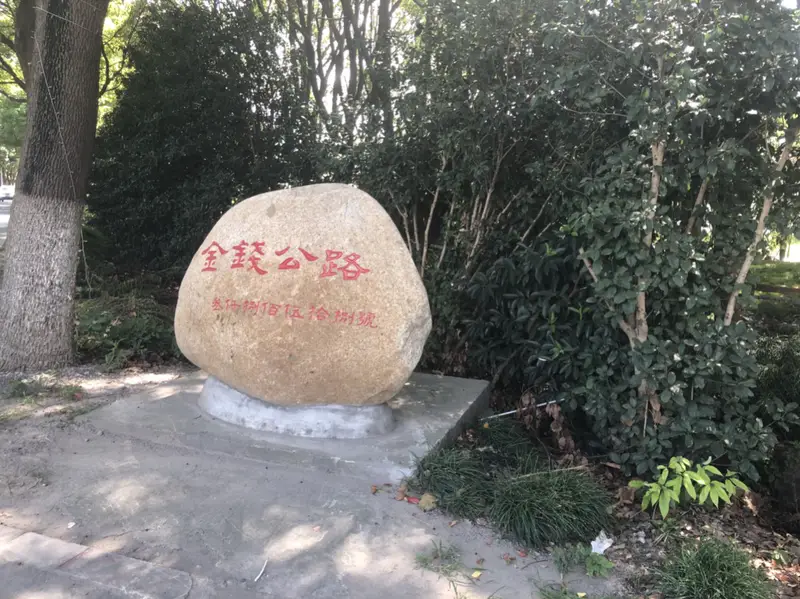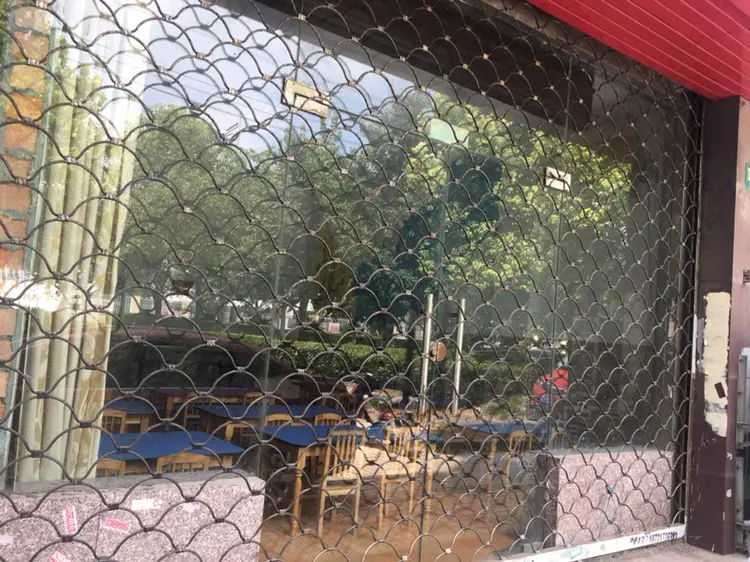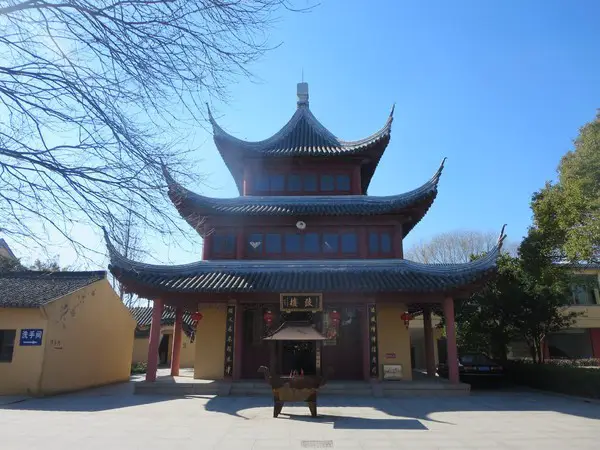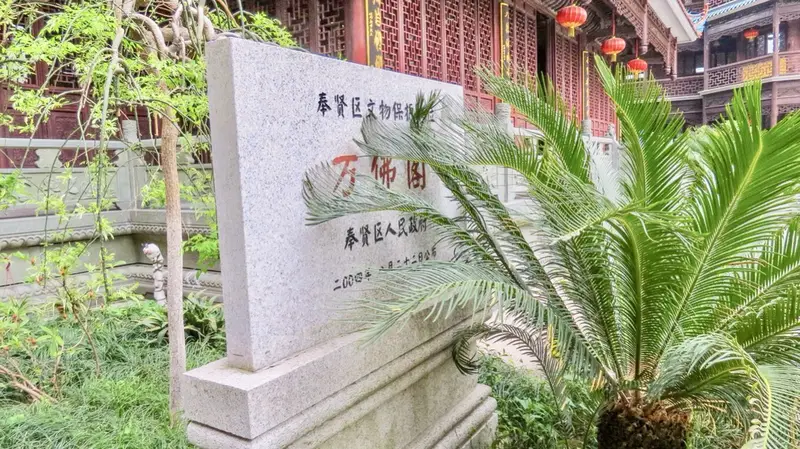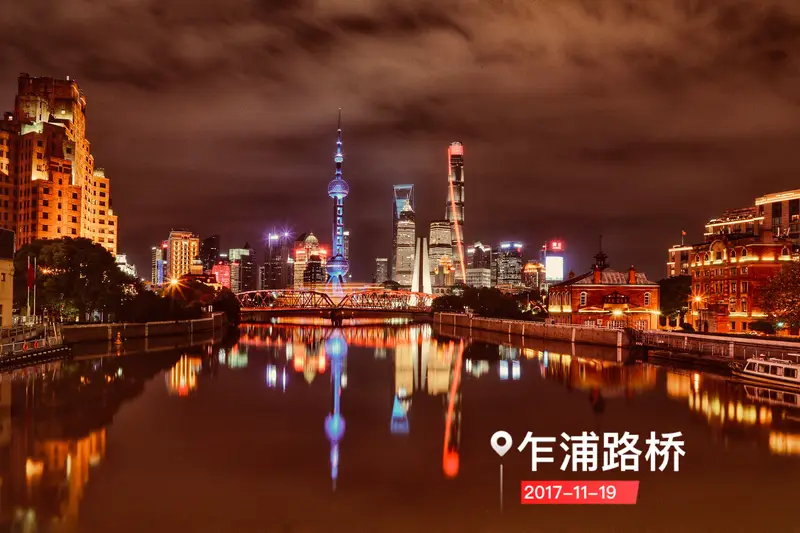Shangzhen Taoist Temple sits in the serene Nanzhai Village of Xinsi Community, Zhelin Town, Fengxian District, Shanghai. Though it’s off the beaten path, the temple’s peaceful location makes it a rewarding destination for those seeking a blend of history and spirituality. To get there, you can drive directly (use a GPS with the address: Fengxian District, Shanghai) or take a bus to nearby towns like Nanhui or Xinyi, then hire a taxi for the final 10-minute ride. The temple’s remote setting adds to its charm, offering a quiet escape from Shanghai’s urban hustle.
Natural Scenery
Surrounded by lush fields and small villages, Shangzhen Taoist Temple feels like a step back in time. The area isn’t packed with dramatic landscapes, but its simplicity is part of the appeal. You’ll find tidy courtyards, ancient trees, and traditional Chinese architecture blending harmoniously with the countryside. Visit on a clear day, and you’ll see locals tending to vegetable gardens or chatting by the temple’s entrance—a glimpse into rural Shanghai life.
Cultural & Historical Highlights
Shangzhen Taoist Temple has a rich history dating back to 1325, when it was founded by a Taoist priest named Xiao Yeyun. Over the centuries, it’s been rebuilt multiple times, most notably in 1589, 1724, and again in the 1800s after being destroyed by war. Each era added unique features: a star-themed pavilion in the 1700s, a hall for the Taoist goddess Doumu in the 1990s, and even a wealth shrine in 2001. Today, the temple houses statues of Taoist deities like the Three Pure Ones (Sanqing), Doumu, and the God of Wealth, making it a living museum of Taoist faith.
The temple’s main hall, Sanqing Hall, is a highlight, rebuilt in 1996 to house towering statues of the Three Pure Ones. Nearby, the Doumu Palace (added in 1997) honors Doumu, the mother of the stars, while the Tianshi Hall (completed in 1998) pays homage to Taoist leaders. These spaces are filled with intricate carvings and calming incense, perfect for quiet reflection.
Facilities for Visitors
Though Shangzhen Taoist Temple is modest in size, it’s visitor-friendly. The temple complex includes a small courtyard where guests can rest, clean restrooms, and basic seating areas. Guided tours (offered in Chinese, but staff may arrange translation help) provide deeper insights into the temple’s art and rituals. Parking is available for drivers, and nearby village shops sell snacks and water. Be mindful of religious practices—dress modestly and avoid loud noise near prayer areas.
Immersive Experience
Visiting Shangzhen Taoist Temple feels like traveling through time. Start at the Sanqing Hall to admire its grand statues, then explore the smaller Doumu Palace and Tianshi Hall. If you’re lucky, you might catch a Taoist ceremony, where priests chant ancient scriptures and offer prayers. The temple also hosts seasonal festivals, especially during Taoist holidays, when the atmosphere buzzes with incense, lanterns, and devout visitors.
For a full experience, spend a few hours wandering the temple grounds, chatting with the friendly staff (some speak basic English), and snapping photos of the ornate rooftops and tranquil gardens. Combine your visit with a walk around Nanzhai Village to see local life—it’s a chance to connect with Shanghai’s lesser-known cultural roots.
Whether you’re fascinated by religion, history, or simply seeking peace, Shangzhen Taoist Temple offers a unique peek into China’s spiritual heritage. Just remember to tread lightly, respect the sacred spaces, and soak up the tranquility!


